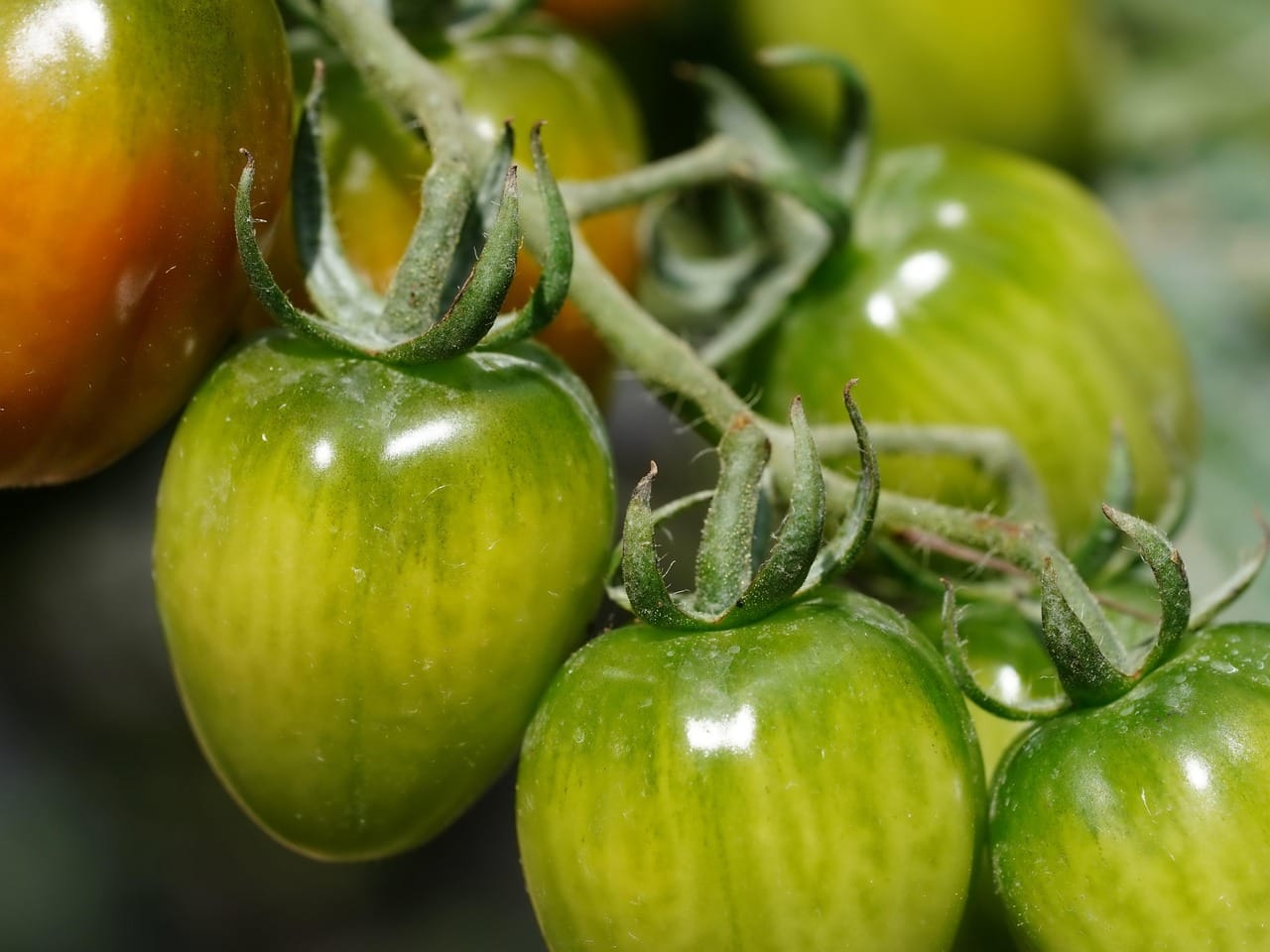Chicken stir fry is a weeknight dinner staple for good reason. It’s quick, versatile, and endlessly customizable, making it a perfect solution for busy families and anyone looking for a healthy and flavorful meal. With a few simple techniques, you can transform humble ingredients into a restaurant-quality dish that’s packed with protein, vegetables, and delicious umami flavor. Let’s explore the art of crafting the perfect chicken stir fry.
Choosing the Right Chicken
Best Cuts of Chicken for Stir Fry
The success of your chicken stir fry hinges on selecting the right cut of chicken. Here are a few top contenders:
- Chicken Breast: A lean option that’s widely available. To prevent dryness, cut it into even-sized pieces and avoid overcooking.
- Chicken Thighs: Often considered superior for stir-fries due to their higher fat content, resulting in a more tender and flavorful outcome. Boneless, skinless thighs are the most convenient.
- Chicken Tenderloins: A great quick-cooking option, naturally tender and requiring minimal prep.
Practical Tip: Regardless of the cut you choose, ensure the chicken is cut into uniform, bite-sized pieces to ensure even cooking.
Preparing the Chicken
Proper preparation is key to achieving tender and flavorful chicken in your stir fry. Consider these steps:
- Pat Dry: Use paper towels to thoroughly dry the chicken pieces. This helps them brown properly in the wok or pan instead of steaming.
- Marinade (Optional but Recommended): A quick marinade can add significant flavor and tenderize the chicken. A simple marinade could consist of soy sauce, rice wine vinegar, cornstarch, and a touch of sesame oil. Marinade for at least 15 minutes, or up to a few hours in the refrigerator.
- Cornstarch Coating: Lightly coating the chicken with cornstarch before stir-frying creates a protective layer that helps retain moisture and encourages browning.
Example: For a quick marinade, combine 1 tablespoon soy sauce, 1 tablespoon rice wine vinegar, 1 teaspoon cornstarch, and 1 teaspoon sesame oil per pound of chicken.
Selecting and Preparing Your Vegetables
The Importance of Variety
One of the joys of chicken stir fry is its versatility in accommodating a wide range of vegetables. Aim for a mix of colors and textures to create a visually appealing and nutritionally balanced dish.
- Cruciferous Vegetables: Broccoli, cauliflower, and cabbage add a satisfying crunch and are packed with nutrients.
- Bell Peppers: Available in various colors, bell peppers contribute sweetness and visual appeal.
- Onions and Garlic: Essential aromatics that form the flavor base of the stir fry.
- Carrots: Add sweetness and a vibrant orange hue.
- Snap Peas or Snow Peas: Provide a delightful crispness.
- Mushrooms: Shiitake, button, or cremini mushrooms add an earthy umami flavor.
Data Point: Studies have shown that diets rich in a variety of vegetables are associated with lower risks of chronic diseases.
Preparing Vegetables for Stir-Frying
Proper vegetable preparation is crucial for even cooking. This typically involves:
- Washing and Drying: Thoroughly wash and dry all vegetables.
- Cutting into Uniform Pieces: Cut the vegetables into bite-sized pieces that are roughly the same size to ensure they cook evenly. Consider the cooking time of each vegetable when determining the size; denser vegetables like carrots require smaller pieces.
- Organization is Key: Have all your vegetables prepped and ready to go before you start stir-frying. This ensures a smooth and efficient cooking process.
Actionable Takeaway: Pre-chopping your vegetables can save time during busy weeknights. You can chop them a day or two in advance and store them in airtight containers in the refrigerator.
Crafting the Perfect Stir-Fry Sauce
Key Ingredients for a Flavorful Sauce
The sauce is the heart and soul of your chicken stir fry, binding the flavors together and adding depth. Here’s a breakdown of essential components:
- Soy Sauce: Provides a salty and umami base. Use low-sodium soy sauce to control the saltiness.
- Oyster Sauce (Optional): Adds a rich, savory flavor. If you’re vegetarian or vegan, you can substitute with a mushroom-based vegetarian oyster sauce.
- Rice Wine Vinegar: Provides a tangy balance to the sweetness and saltiness.
- Sugar (Brown or White): Adds a touch of sweetness to balance the other flavors.
- Sesame Oil: Infuses the sauce with a nutty aroma and flavor.
- Cornstarch: Acts as a thickening agent, creating a glossy and cohesive sauce.
- Aromatics (Ginger and Garlic): Infuse the sauce with aromatic complexity.
- Red Pepper Flakes (Optional): For a touch of heat.
Sauce Ratio and Mixing Tips
Achieving the right balance of flavors is key. Here’s a basic ratio to get you started, which you can adjust to your personal preference:
- Ratio: A general guideline is 2 parts soy sauce, 1 part rice wine vinegar, 1 part sugar, and a splash of sesame oil. Adjust to taste.
- Mixing: In a small bowl, whisk together all the sauce ingredients until the cornstarch is fully dissolved. This prevents lumps from forming during cooking.
Practical Example: For a simple stir-fry sauce, combine 2 tablespoons low-sodium soy sauce, 1 tablespoon rice wine vinegar, 1 tablespoon brown sugar, 1 teaspoon sesame oil, 1 teaspoon cornstarch, 1 clove minced garlic, and ½ teaspoon grated ginger.
The Stir-Frying Process: Technique and Timing
Essential Equipment
While a traditional wok is ideal for stir-frying, a large skillet with high sides can also work well. Here’s what you’ll need:
- Wok or Large Skillet: Preferably with a wide bottom and sloped sides.
- Spatula: A long-handled spatula or wok utensil for tossing and stirring.
- Cutting Board and Knives: For preparing the ingredients.
- Bowls: For holding prepped ingredients and the stir-fry sauce.
Stir-Frying Steps: A Step-by-Step Guide
Stir-frying is a fast-paced cooking technique, so it’s essential to have everything prepped and ready to go.
- Heat the Wok/Skillet: Heat the wok or skillet over high heat until it’s smoking hot. This is crucial for achieving that signature “wok hei” (wok breath) flavor.
- Add Oil: Add a high-heat cooking oil like peanut oil, canola oil, or vegetable oil. Swirl the oil around to coat the surface of the wok/skillet.
- Cook the Chicken: Add the chicken to the hot wok/skillet and stir-fry until it’s cooked through and lightly browned. Remove the chicken from the wok/skillet and set aside.
- Sauté Aromatics: Add a little more oil to the wok/skillet, then add the minced garlic and ginger. Stir-fry for a few seconds until fragrant. Be careful not to burn the garlic.
- Add Vegetables: Add the vegetables to the wok/skillet, starting with the ones that take longer to cook (e.g., carrots, broccoli). Stir-fry until the vegetables are tender-crisp.
- Add Sauce: Pour the stir-fry sauce over the vegetables and stir to coat evenly.
- Combine Chicken and Sauce: Return the cooked chicken to the wok/skillet and stir to combine with the sauce and vegetables.
- Simmer and Thicken: Simmer the stir-fry for a minute or two, allowing the sauce to thicken slightly.
- Serve Immediately: Serve the chicken stir-fry immediately over rice or noodles.
Timing Tip: The entire stir-frying process should only take a few minutes once everything is prepped. Avoid overcrowding the wok/skillet, which can lower the temperature and result in steamed instead of stir-fried ingredients.
Serving and Variations
Serving Suggestions
Chicken stir fry is best served hot and fresh. Consider these serving options:
- Over Rice: White rice, brown rice, or jasmine rice are all excellent choices.
- With Noodles: Lo mein noodles, rice noodles, or udon noodles add a different texture and flavor.
- Garnishes: Sprinkle with sesame seeds, chopped green onions, or crushed peanuts for added flavor and visual appeal.
Creative Variations
The possibilities are endless when it comes to customizing your chicken stir fry. Here are a few ideas to get you started:
- Spicy Stir Fry: Add more red pepper flakes or a dash of chili oil to the sauce.
- Cashew Chicken Stir Fry: Add roasted cashews for a crunchy texture and nutty flavor.
- Pineapple Chicken Stir Fry: Incorporate chunks of pineapple for a sweet and tangy twist.
- Vegetarian Stir Fry: Substitute the chicken with tofu or tempeh and use a vegetarian oyster sauce alternative.
Practical Example: Adding a tablespoon of honey and a teaspoon of sriracha to your basic sauce recipe will provide a delicious honey-sriracha chicken stir-fry variation.
Conclusion
Chicken stir fry is a truly versatile dish, easy to adapt to your taste and dietary needs. By selecting high-quality ingredients, mastering the stir-frying technique, and crafting a flavorful sauce, you can create a delicious and healthy meal that’s perfect for any night of the week. Experiment with different vegetables, proteins, and sauces to find your favorite combination and enjoy the endless possibilities of this classic dish!




